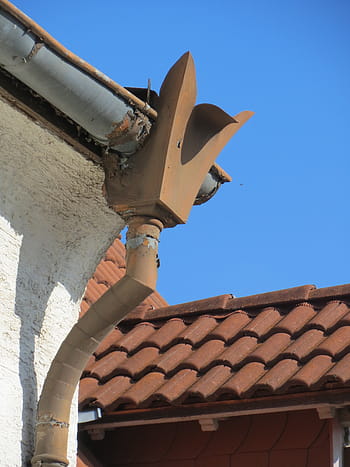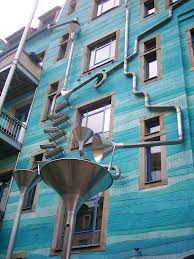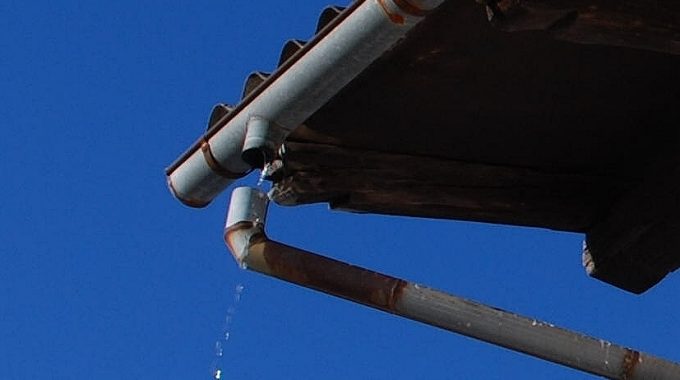How to Manage Storm Water
Stormwater is discharged into the sewerage system or nature
Regarding sanitation, a distinction must be made between wastewater and rainwater.
Rainwater: roof water and runoff water
Stormwater includes roof water and runoff: rain, snow, and melted hail. Both types of rainwater are collected by buildings or natural surfaces: terraces, roofs, and ground. The recovery and channeling of rainwater meet different objectives:
– recovery of roof water for watering the garden;
– filtration of water falling on roads or built-up areas (industrial zones, polluting activities);
– to channel large volumes of water in case of heavy rains or storms to avoid flooding and submersion.
Rainwater: what management?
Rainwater that falls on your roof or garden can be discharged into the natural environment.
– In this case, it is not part of the wastewater treatment.
– It can be collected through independent installations and used, for example, for watering the garden or washing the car.
If you have an individual sanitation system, rainwater should not be directed to it. You can:
– provide for rainwater harvesting;
– plan drainage towards a place of rejection to avoid flooding on your land.
Check with your town hall to find out where you can discharge rainwater.
In collective sanitation, rainwater can be collected for gardening, but the surplus is:
– either discharged with the wastewater (combined sewer system);
– or discharged into a specific network (separate network).
Note: water that falls on roads is loaded with pollutants (tires, hydrocarbons, motor oil). Road managers collect it, channel it and treat it.
Roof water: discharged or recovered for the garden or the house

Roof water is rainwater collected from sloped or flat roofs. It then slides down the gutter and is:
– either collected in underground or above-ground tanks and then used in the garden or the house;
– or discharged into the natural environment.
Runoff: surface water discharged
Runoff is water flowing over the surface of the ground, caused by rain, snow, or hail. If it is not collected, it can be evacuated after infiltration in the soil by drainage of rainwater which can be connected:
– either to a sump;
– or to the rainwater network.
Rainwater: two types of networks
The objective of rainwater harvesting and evacuation is to avoid a runoff on the road and flooding. There are two types of rainwater networks.
Combined sewer system: a network for rainwater and wastewater
Integrated sewer systems are systems that carry both wastewater and stormwater. The water is then redirected to the wastewater treatment plant. These networks are old and generally of large diameter. Disadvantages:
– The quantity of rainwater being very variable, these networks are often of immense dimensions. These forces oversize the combined sewer system.
– In addition, rainwater gets dirty when it comes into contact with wastewater, which means that a larger quantity of water must be treated in the plant.
Separate water system: the most widespread
Today, more and more municipalities have programs to separate their networks. The work consists in laying a pipe dedicated to wastewater next to the combined sewer pipe, which then becomes the stormwater pipe:
– wastewater is redirected to the network’s treatment plant;
– the stormwater is discharged into the environment.
This solution avoids oversizing a treatment plant.
Note: Individuals with well-separated internal networks must make the connection to the public networks.
Storm overflow: essential to the combined sewer system
The storm overflow is a crucial public structure in an integrated sewer system operation. Its principle is simple:
– during a rain event, the water level in the network increases rapidly;
– this water, highly charged with pollution (called the first flow), transits into the sewer pipe;
– after a few minutes, or a few hours, depending on the intensity of the rain, the level continues to rise;
– This water is almost transparent and therefore does not need to be treated; it can be discharged into the natural environment.
The storm overflow is a perforation in the pipe that allows the water to pass through another line directly connected to the natural environment when it reaches a certain level.
Stormwater treatment: who pays for what?
When a municipality decides to change its combined sewer system to a separate one, the individual is responsible for connecting his property to the new one.
Internal connection works: the private individual pays
The connection works of the private individual to the new network are sometimes at his expense.
– This is the case, for example, if the public contract does not include this work.
– In all cases, the work inside the private property is the sole responsibility of the owner.
Cost of the work: depending on the length and depth of the network to be installed

The price of this work varies significantly according to specific parameters:
– construction of one or more connections;
– length of the network to be installed;
– depth of the network: beyond 1,30 m of depth, the company must use shoring to protect the workers against the risks of collapse.
Discharge of rainwater into the natural environment
The discharge in the rainwater network is an obligation when it exists. If the stormwater system does not exist, the owner of the release must seek permission from the area where the discharge is to occur.
For example, if an individual wants to discharge his stormwater into the communal ditch:
– He must ask the mayor for authorization.
– The mayor will take the advice of the water police.
Read more: 5 Steps to Install Rainwater Harvester

